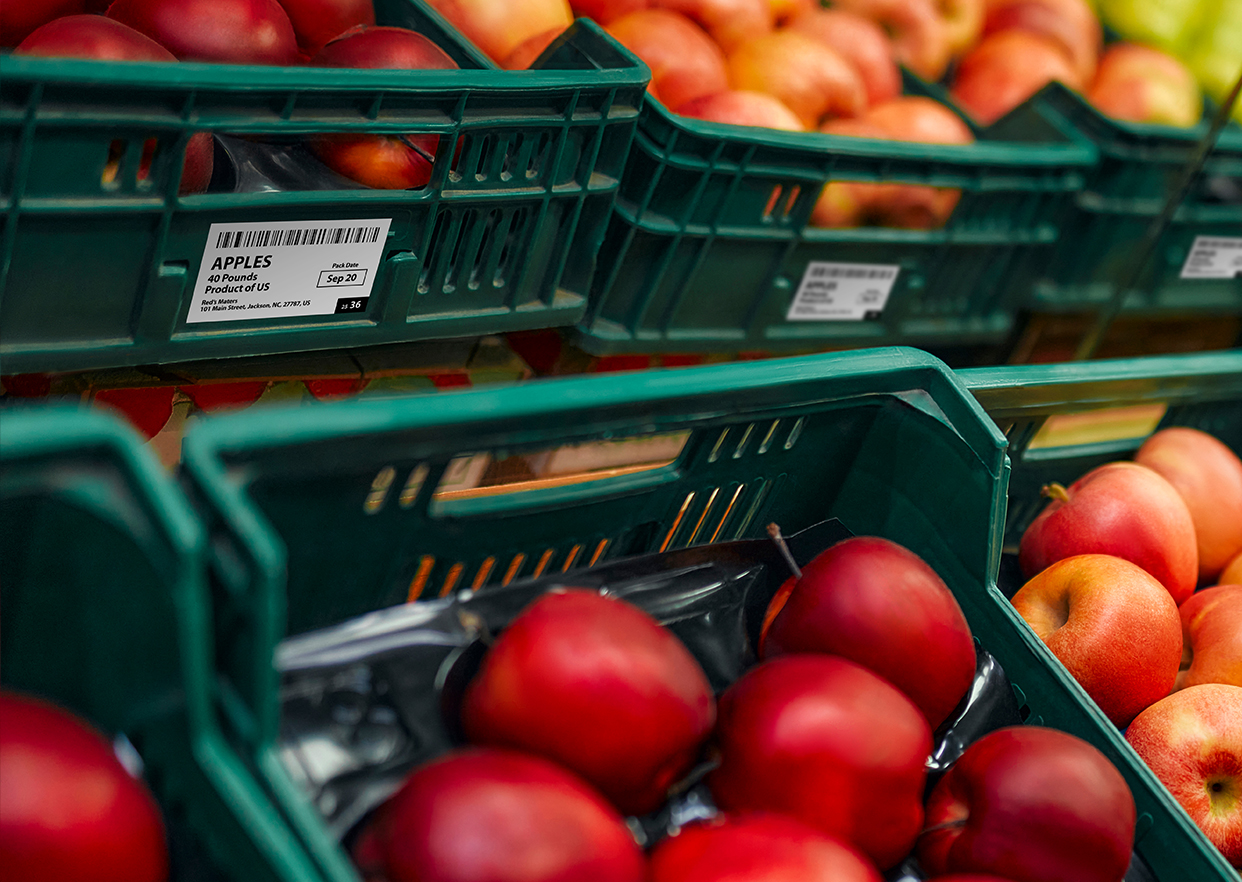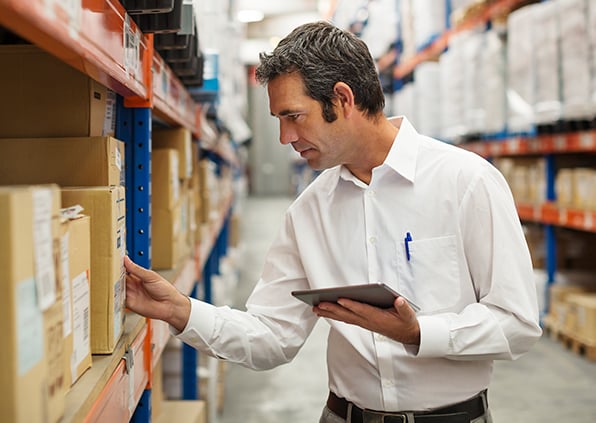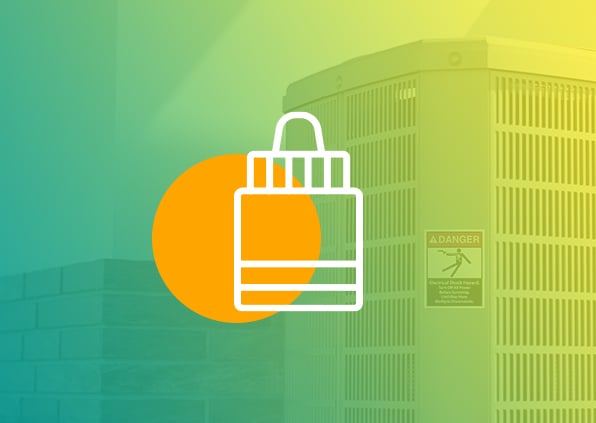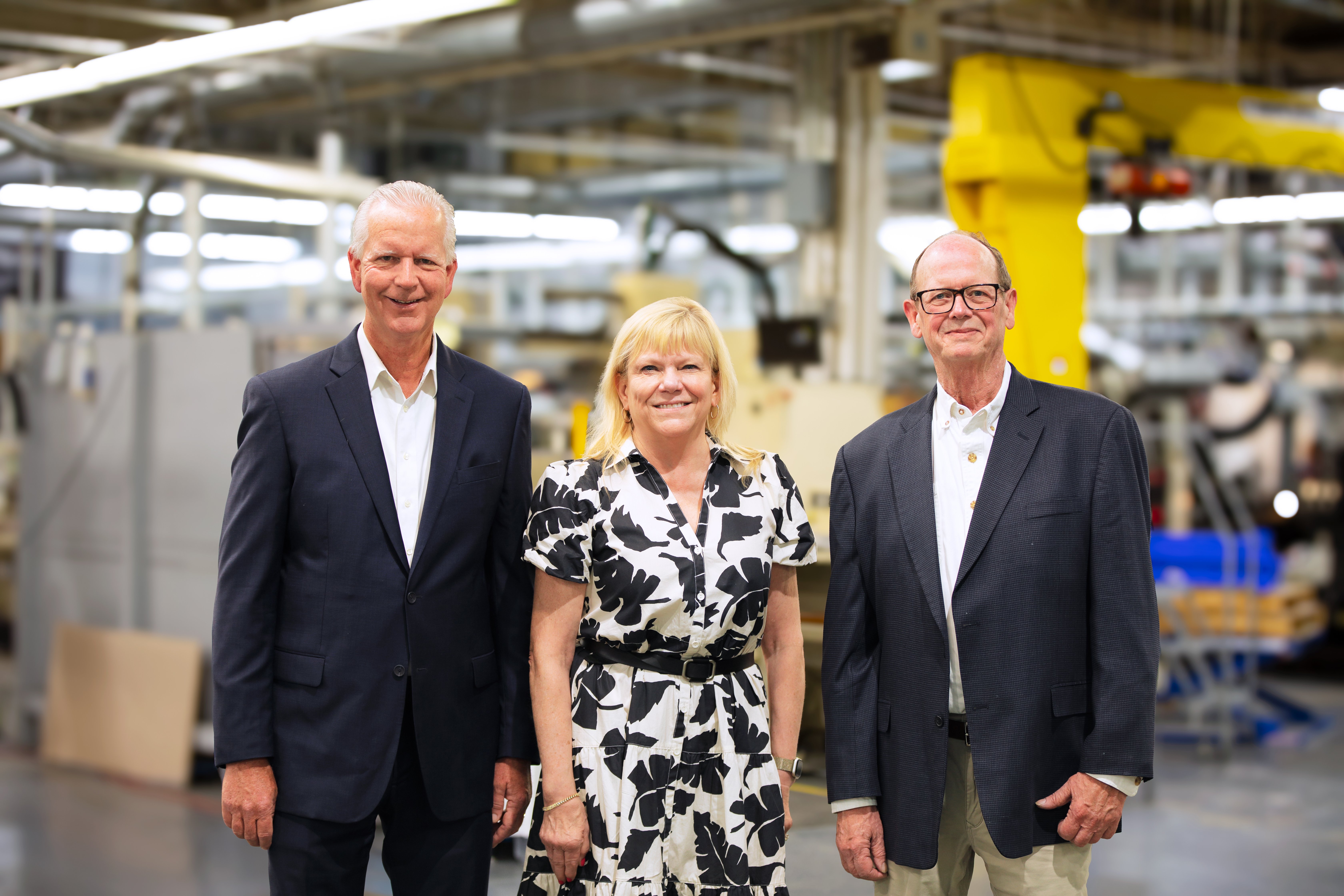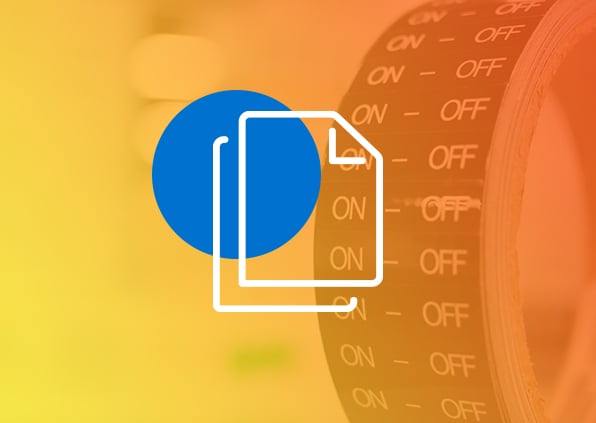Often overlooked and underappreciated, adhesive labels can be found on many of the products we use each day. A quick survey of your refrigerator, medicine cabinet or garage will likely reveal adhesive labels of every conceivable size and shape. Label manufacturing is an enormous industry category, one that is expected to surpass $59 billion globally by 2030.

Unfortunately, label manufacturing is also an enormous source of environmental waste. Large volumes of paper, films, adhesives, printing plates, solvents and chemicals are typically left over as byproducts of the label production process.
In keeping with the reduce/re-use/recycle mantra, there are many things that can be done to minimize the environmental footprint of the label manufacturing process. This blog will look at five different approaches to making the manufacturing of adhesive labels more sustainable.
More Sustainable Label Manufacturing
1: Start with More Sustainable Label Materials
Before ever putting ink to substrate, there is much that can be done to make a label more environmentally friendly. Using a paper printing substrate made from recycled material minimizes the consumption of virgin paper pulp. This, in turn, contributes to the conservation of forests and eliminates the carbon footprint associated with the harvesting process.
Another approach is to use paper substrates made from pulp sourced from responsibly managed forests. The Forest Stewardship Council® (FSC®) (FSC®-C002101) has established criteria related to forestry management that are designed to create a variety of environmental, social and economic benefits. Using an FSC®-certified label substrate is a good place to start.
2: Plan for Recyclability Afterward
Many adhesive labels commonly used for consumer packaged goods are constructed from vinyl or other synthetic films that are not recyclable. Even when labels are manufactured from paper, the adhesives and coatings used in the production process can render a label unrecyclable after it has been used.
When creating the specifications for a product label, be sure to consider whether the substrate, adhesive and laminate used will be recyclable on the back end. This is important not only for the finished consumer products taken to market but also for the scrap that arises during the label manufacturing process.
3: Minimize the Label Materials Used
Labels can be made more sustainable by using fewer raw materials in the manufacturing process. For example, thin-stock labels are specially engineered to reduce total label thickness while retaining overall label performance. Label stock up to 50% thinner than normal saves on paper pulp and reduces the carbon footprint involved in transportation. Labels can also be carefully engineered to use the lowest coat weight of adhesive necessary to meet the required label performance specifications. Fewer adhesives are consumed during label manufacturing and transportation weight is reduced afterward.
Linerless label constructions are another option. With a linerless label, a special release coating is applied to the face of the label stock. This enables the substrate to release from the roll during the printing process without the use of a liner. Since liners are a waste byproduct and serve no other function, linerless labels essentially reduce the volume of raw materials consumed by 50%.
4: Change to Digital Label Production
Label manufacturing using conventional printing presses is cost-effective at high volumes but results in significant print waste. Long lead times, long print runs and large print overages are a given when using a flexographic press. These larger print runs, in turn, can also result in finished labels being destroyed later when they become obsolete.
Digital label production, on the other hand, enables fine-tuned order quantities with very little up-front waste during setup. The just-in-time (JIT) production made possible by a digital label press also reduces long-term waste from obsolescence. There are even hybrid digital + flexo label presses that combine the best features of both production methods.
Substrates aside, the digital printing process itself is also more environmentally sound. The printing plates, blankets, inks and solvents consumed in the operation of a traditional flexo press are eliminated when a digital label press is used – helping to keep materials out of landfills, sewers and ground water.
5: Consider the Total Waste Stream
All of the strategies listed above ultimately work together to positively impact the nation’s waste stream. According to the latest statistics provided by the Environmental Protection Agency, the total volume of municipal solid waste (MSW) generated during 2018 was 292 million tons. This equates to roughly five pounds per person per day.
Clearly, adhesive labels contribute a only a small share of this total but the opportunity for improvement is significant nonetheless. Asking questions like these can lead to label manufacturing decisions that maximize label sustainability, performance and cost effectiveness.
- Is there a label substrate that meets our performance requirements that is either made from recycled or FSC®-certified materials?
- Will the raw materials and production processes used result in a label that is recyclable afterward?
- Is there a way to use thinner, lighter or fewer materials in the label manufacturing process?
- Can a plate-less, ink-less, solvent-free digital production process be used for this label?
- What combination of these alternatives would result in the smallest total volume of waste ending up in landfills around the world?
Taylor: Committed to Improving in Label Sustainability
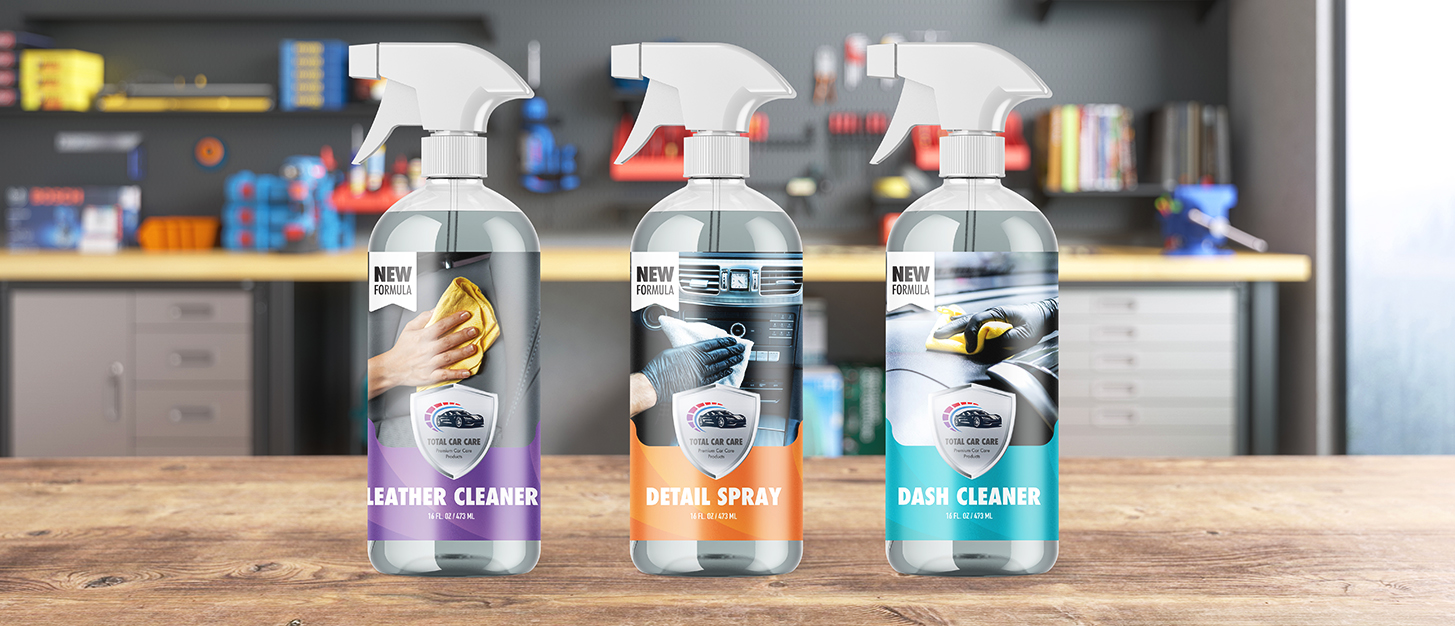
Taylor is a leading provider of labeling solutions for a wide range of industries, producing more than 50 billion labels annually. In doing so, we are committed to many of the strategies described above including:
- The use of recycled and FSC®-certified label substrates.
- Production methods and raw material selections that encourage label recycling.
- The introduction of thin-stock and linerless label alternatives.
- Significant ongoing capital investments in digital label press technology .
Looking for a way to enhance the sustainability attributes of your adhesive labels? Contact Taylor to learn more about our custom labels and label manufacturing methods.





